The list of keynote speakers (in alphabetical order) is constantly updated.
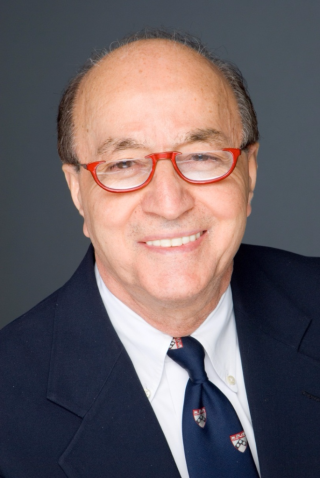 Prof. Abass Alavi (University of Pennsylvania, USA)
Prof. Abass Alavi (University of Pennsylvania, USA)
Dr. Alavi was born in 1938 in Tabriz, a city in the Azerbaijani region of Iran. After becoming a physician he came to the United States in 1966 to study more advanced medicine in a science-based specialty. Together with chemists at Brookhaven National Laboratory (Upton, NY), Dr. Alavi, David Kuhl, MD, and Martin Reivich, MD, introduced radiolabelled glucose as 18F-FDG. Through this collaboration, Dr. Alavi in 1976 was the first to administer 18F-FDG to a human subject, producing tomographic images of the brain with a home-made SPECT device and planar whole-body images with a rectilinear scanner. His group pioneered PET imaging of the normal brain and disorders such as dementia, stroke, glioma, schizophrenia, and brain trauma. He also has been instrumental in advancing applications of 18F-FDG and other PET tracers in assessing numerous malignant and benign disorders. He is among the most cited physician/scientists in the United States, with current annual citations of 3,000 and citation indices of 50,000. Read more
#/media/File:Dr._Durante.jpg)
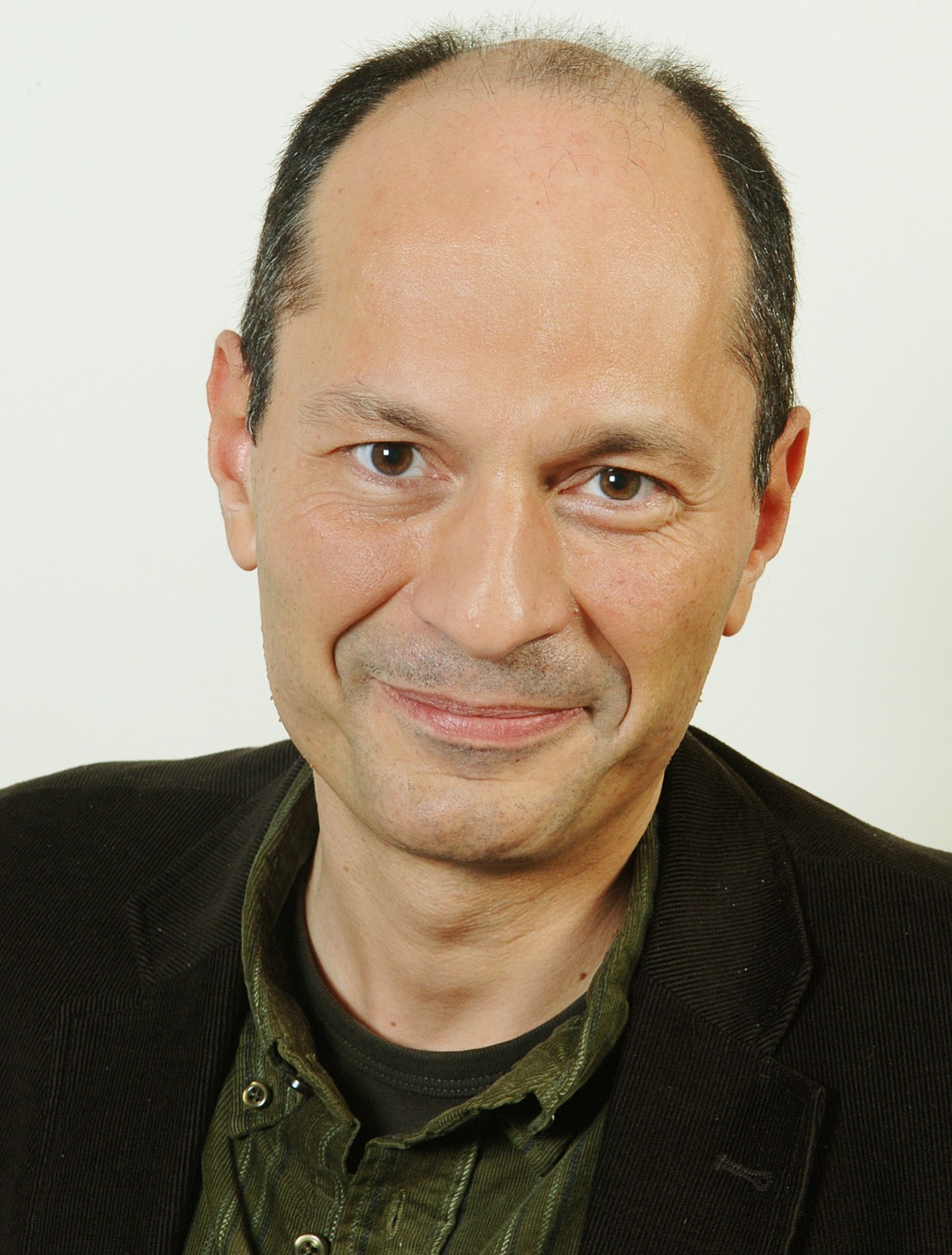 Prof. Marco Durante (GSI Darmstadt, Germany)
Prof. Marco Durante (GSI Darmstadt, Germany)
Prof. Dr. Marco Durante is Director of the Biophysics Department at GSI Helmholtz Center for Heavy Ion Research (Darmstadt, Germany) and Full Professor of Physics at the Technical University of Darmstadt. He got his Ph.D. in Physics in 1992 at the University Federico II in Italy, and has dedicated his research efforts to the biophysics of high-energy charged particles, with applications in cancer therapy and space radiation protection. He is generally recognized as world leader in the field of particle radiobiology and medical physics and is co-author of over 450 papers in peer-reviewed scientific journals (h-index=56) and one patent on proton therapy. He is currently chair of the ESA Topical Team on Space Radiation and vice-chair of the Particle Therapy Co-Operative Group (PTCOG). He was President of the International Association for Radiation Research (IARR) from 2011-15. Prof. Durante has been awarded several prizes for his contributions to charged particle biophysics, including the 60th Timofeeff-Ressovsky medal by the Russian Academy of Sciences, the 8th Warren K. Sinclair Award of the US National Academy of Sciences, the 2013 IBA-Europhysics Award for Applied Nuclear Science and Nuclear Methods in Medicine (European Physics Society), the 2013 Bacq & Alexander award of the European Radiation Research Society (ERRS), and the 2020 Failla award of the Radiation Research Society (RRS). He is recipient of an ERC Advanced Grant in 2020 on particle therapy.
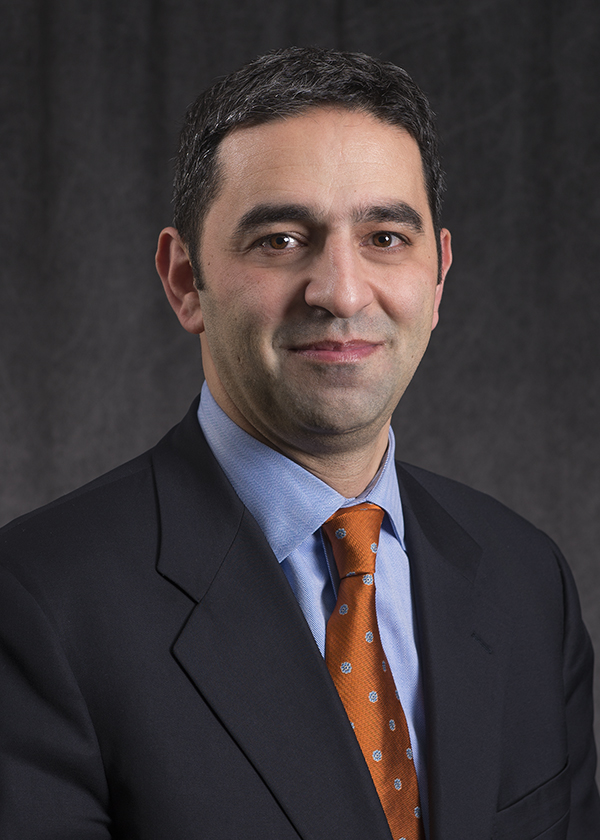 Prof. Georges El Fakhri (Gordon Center, Massachusetts General Hospital, Harvard Medical School, USA)
Prof. Georges El Fakhri (Gordon Center, Massachusetts General Hospital, Harvard Medical School, USA)
Dr El Fakhri is the Nathaniel & Diana Alpert Professor of Radiology at Harvard Medical School (HMS) and the founding Director of the Endowed Gordon Center for Medical Imaging at Massachusetts General Hospital and HMS. He is also co-Director of the Division of Nuclear Medicine and Molecular Imaging and a Faculty Member of the Harvard-MIT Health Sciences and Technology. Dr El Fakhri is an internationally recognized expert in quantitative molecular imaging (SPECT, PET-CT, and PET-MR) for in vivo assessment of patho-physiology in brain, cardiac and oncologic diseases. Current areas of research include high resolution PET/MR imaging in a range of diseases including neurodegenerative disease and traumatic brain injury (amyloid and neurofibrillary tangles), cardiac disease (mitochondrial membrane potential), as well as guiding radiotherapy planning (PET/MRSI). He has authored or co-authored over 300 papers and mentored over 100 students, post-docs and faculty. He has received many awards and honors, including the Mark Tetalman Award from the Society of Nuclear Medicine, the Dana Foundation Brain and Immuno-Imaging Award, the Howard Hughes Medical Institutes Training Innovation Award, The Hoffman Award, as well as significant funding from many NIH Institutes (e.g., NCI, NHLBI, NIA, NIBIB, NINDS, OD). He was elected Fellow to the American Association of Physicists in Medicine (AAPM), the Society of Nuclear Medicine and Molecular Imaging (SNMMI), the American Institute for Medical and Biomedical Engineering (AIMBE), The International Academy of Medical & Biological Engineering and the IEEE for contributions to quantitative biological imaging.
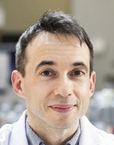 Prof. Jonathan Heddle (Malopolska Centre of Biotechnology, Poland)
Prof. Jonathan Heddle (Malopolska Centre of Biotechnology, Poland)
Jonathan Heddle gained his PhD in biochemistry from the University of Leicester, UK. He then moved as a JSPS Special Postdoctoral Fellow to Yokohama City University where he carried out research in structural biology. This was followed by two PI positions at Tokyo Institute of Technology and RIKEN. He moved back to Europe and his current position at the Malopolska Centre of Biotechnology in 2015. He leads the Bionanoscience and Biochemistry Laboratory which is interested in understanding and building artificial and natural bionano machines. This encompasses a wide range of projects and materials including proteins and nucleic acid structures such as DNA nanostructures and artificial protein cages. He is now applying the work to invent new useful products of benefit to society such as vaccines and drug delivery systems and recently set up a spinout biotechnology company “nCage Therapeutics” to commercialise the technology. As well as biotechnology research he also carries out biochemistry research on “DNA gyrase” an important bacterial enzyme that is a primary target for antibacterials. The aim of this work is to understand the enzyme and apply this understanding to the design of new antibacterial agents given the ongoing threat of antibiotic resistance.
Jonathan was recently awarded the 2020 Krakow City Individual Prize for science in recognition of his work. He hopes to continue to advance his research both in basic science both basic developments and applications of these structures in the future.
Prof. #/media/File:Dr._Durante.jpg)
 Leszek Królicki (Medical University of Warsaw, Poland)
Leszek Królicki (Medical University of Warsaw, Poland)
Prof. Leszek Królicki is a specialist in neurosurgery and nuclear medicine.
He heads the Nuclear Medicine Department at the Medical University of Warsaw and is the head of Diagnostic Imaging in the Regional Hospital in Warsaw. He served as President of the Polish Society of Nuclear Medicine, National Delegate, European Association of Nuclear Medicine, and Governmental Specialist of Nuclear Medicine. Prof. Królicki is a renowned scientist in the field of nuclear medicine. His research concentrated in the last years on the development of the treatments and diagnostics of glioma tumors that occur in the brain. Prof. Królicki is one of the pioneers of glioma tumor treatment with alpha particles and the first and so far the only one in Poland who successfully introduced targeted treatment of glioblastoma with the use of alpha radiation.
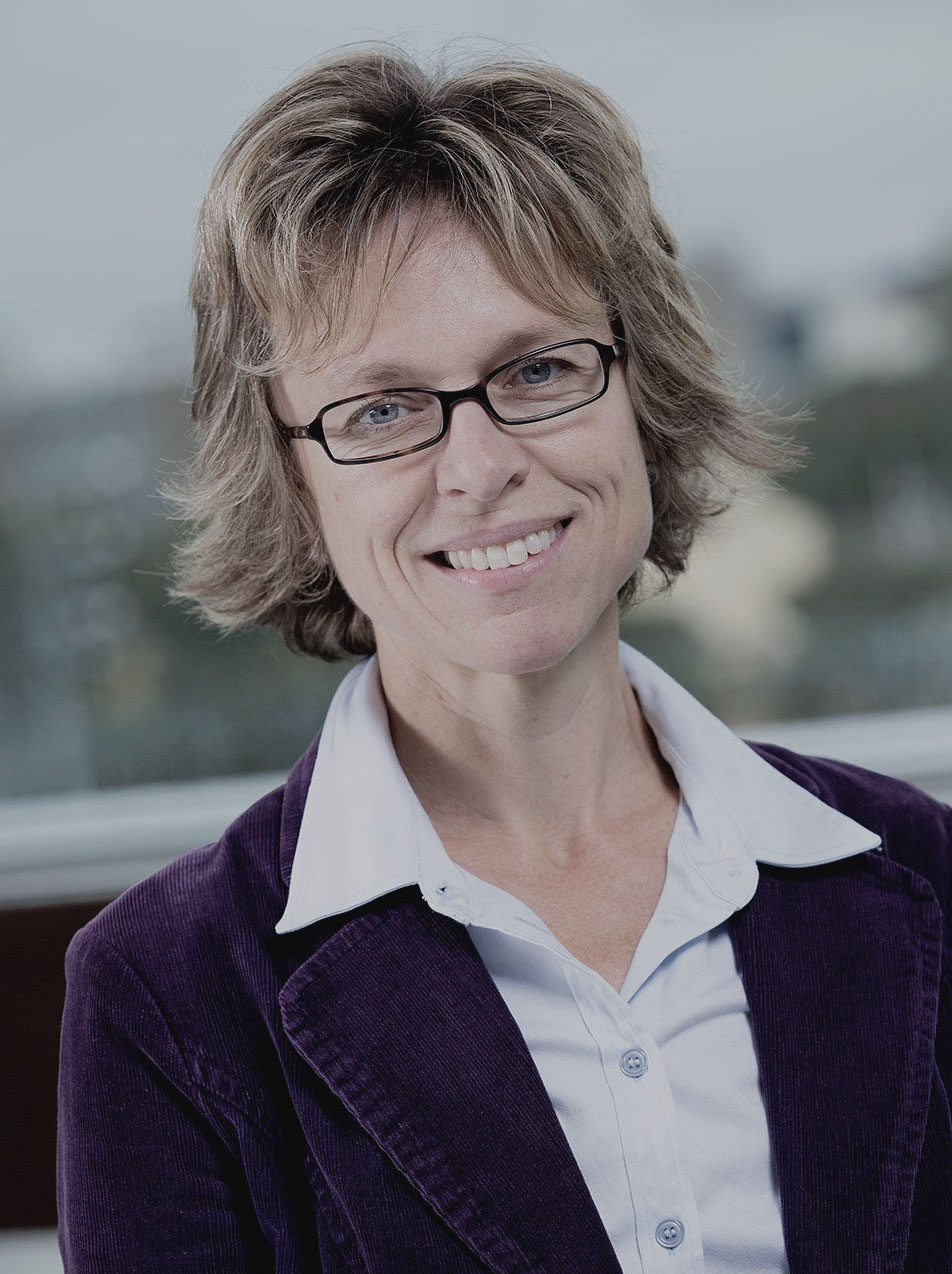 Prof. Zdenka Kuncic (University of Sydney, Australia)
Prof. Zdenka Kuncic (University of Sydney, Australia)
Zdenka Kuncic is Professor of Physics at the University of Sydney, Australia, where she leads a distinctively interdisciplinary research program in medical and biological physics, which includes developing novel nanotechnology strategies for theranostics. A key focus of this research is to harness the physical properties of nanoparticles to enhance PET-MRI and low-field MRI, as well as image-guided radiotherapy and nuclear medicine. She is a former Australia-Harvard Visiting Research Fellow and Fulbright Future Scholar as well as an 1851 Royal Commission International Research Fellow in Science and Engineering, which boasts several physics Nobel laureates amongst its former recipients (e.g. Dirac, Rutherford, Higgs).
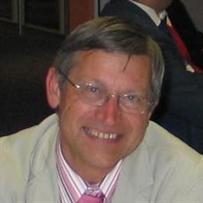 Prof. Paul Lecoq (CERN, Switzerland)
Prof. Paul Lecoq (CERN, Switzerland)
Paul Lecoq, nuclear physics, since 1974 he has been working at CERN in 5 major international experiments on particle physics, two of them led by Nobel Laureates Samuel Ting and Carlo Rubbia. His action on detector instrumentation, and particularly on heavy inorganic scintillator materials has received a strong support from Georges Charpak. He has been the technical coordinator of the electromagnetic calorimeter of the CMS experiment at CERN, which played an important role in the discovery of the Higgs boson.
Paul Lecoq is the founder of the CERN-based international Crystal Clear collaboration regrouping 31 institutes and companies worldwide contributing to the development of scintillator science.
Member of a number of advisory committees and of international Societies he has been the promoter in 2002 of the CERIMED initiative (European Center for Research Research in Medical Imaging, installed in Marseille) for networking physics and medicine in the field of medical imaging. Member of the European Academy of Sciences,head of the Physics division of the Academy.
He has been awarded an ERC advanced grant in 2013 by the European Research Council. He has fellow grade at IEEE, the world's largest technical professional organization for the advancement of technology.
CEO of the company Multiwave Metacrystal SA. Distinguished Professor at the Technical University of Valencia (Spain).
 Prof. Craig Levin (Stanford University and University of Leeds, USA)
Prof. Craig Levin (Stanford University and University of Leeds, USA)
Dr. Craig S. Levin is a Professor of Radiology and, by Courtesy, of Physics, Electrical Engineering, and Bioengineering at Stanford. He is a founding member of the Molecular Imaging Program at Stanford, and Principal Investigator and Director of the NIH-NCI funded T32 Stanford Molecular Imaging Scholars postdoctoral training program. He received his M.S., M.Phil, and Ph.D. degrees in Physics from Yale University. An internationally recognized researcher in the field of molecular imaging he has nearly 200 peer-reviewed publications and 40 patents awarded or pending. He directs a 20-member laboratory that explores new concepts in instrumentation and software algorithms for molecular imaging, introduces these new tools into clinical and pre-clinical imaging studies of cancer, heart disease and neurological disorders, and partners with industry to disseminate some of these technologies into products used for patient care throughout the world. To support his research, he has generated substantial NIH funding as Principal Investigator in addition to numerous grants from other government, industry, and private institutions. He lectured in a Nobel symposium in 2007, and was elected into the American Institute for Medical and Biological Engineering’s College of Fellows and was given the Academy of Radiology Research Distinguished Investigator Recognition Award.
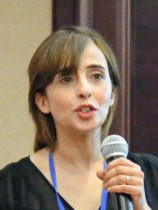 Prof. Farida Selim (Bowling Green State University, USA)
Prof. Farida Selim (Bowling Green State University, USA)
Prof. Selim, specialist in Positron Physics and techniques, is Professor of Physics at Bowling Green State University and Guest Faculty at the Los Alamos National Laboratory. She serves as the Lead of Thrust1 for FUTURE “an Energy Frontier Research Center” funded by the US Department of Energy.
Selim is one of the world leading experts on Positron and Positronium Physics and internationally recognized for inventing new techniques and building instrumentation for positron annihilation and photoemission spectroscopies. She has nearly 140 peer review publications and 7 patents. She is a member of six international advisory boards and scientific committees related to positron and photoemission spectroscopies. Her positron research spans a wide range of fields from condensed matter and ceramics to soft and biomaterials and is strengthened by the development of new techniques and detection instrumentation.
Prof. Piotr Slomka (Cedars-Sinai Medical Center, USA)
Principal investigator Piotr Slomka, PhD, FACC, FASNC, is the director of Innovation in Imaging and professor of medicine and cardiology, Division of Artificial Intelligence in Medicine at Cedars-Sinai. He received his doctorate in medical biophysics in 1995 from the University of Western Ontario, Canada. The research of Piotr Slomka, PhD, focuses on the development of automated software and algorithms to allow analysis of 3-D images of the heart, in much the same way as an experienced human operator would. He also studies the application of artificial intelligence techniques to the measurement of parameters critical to understanding the state and behavior of the human heart.
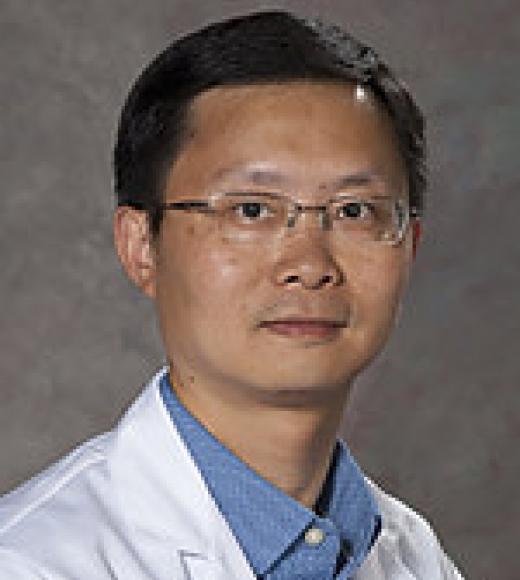 Prof. Guobao Wang (University of California, Davis, USA)
Prof. Guobao Wang (University of California, Davis, USA)
Dr. Wang's research interest is in the development of dynamic molecular imaging methods (with emphasis on dynamic PET/CT) to visualize and characterize molecular processes quantitatively. His research commonly integrates high-resolution dynamic data acquisition with the design of advanced computational molecular imaging algorithms to derive quantitative imaging biomarkers. In close collaboration with clinicians, Dr. Wang's research group translates these quantitative imaging techniques to improve clinical diagnosis, prognosis and therapy response assessment in various diseases.
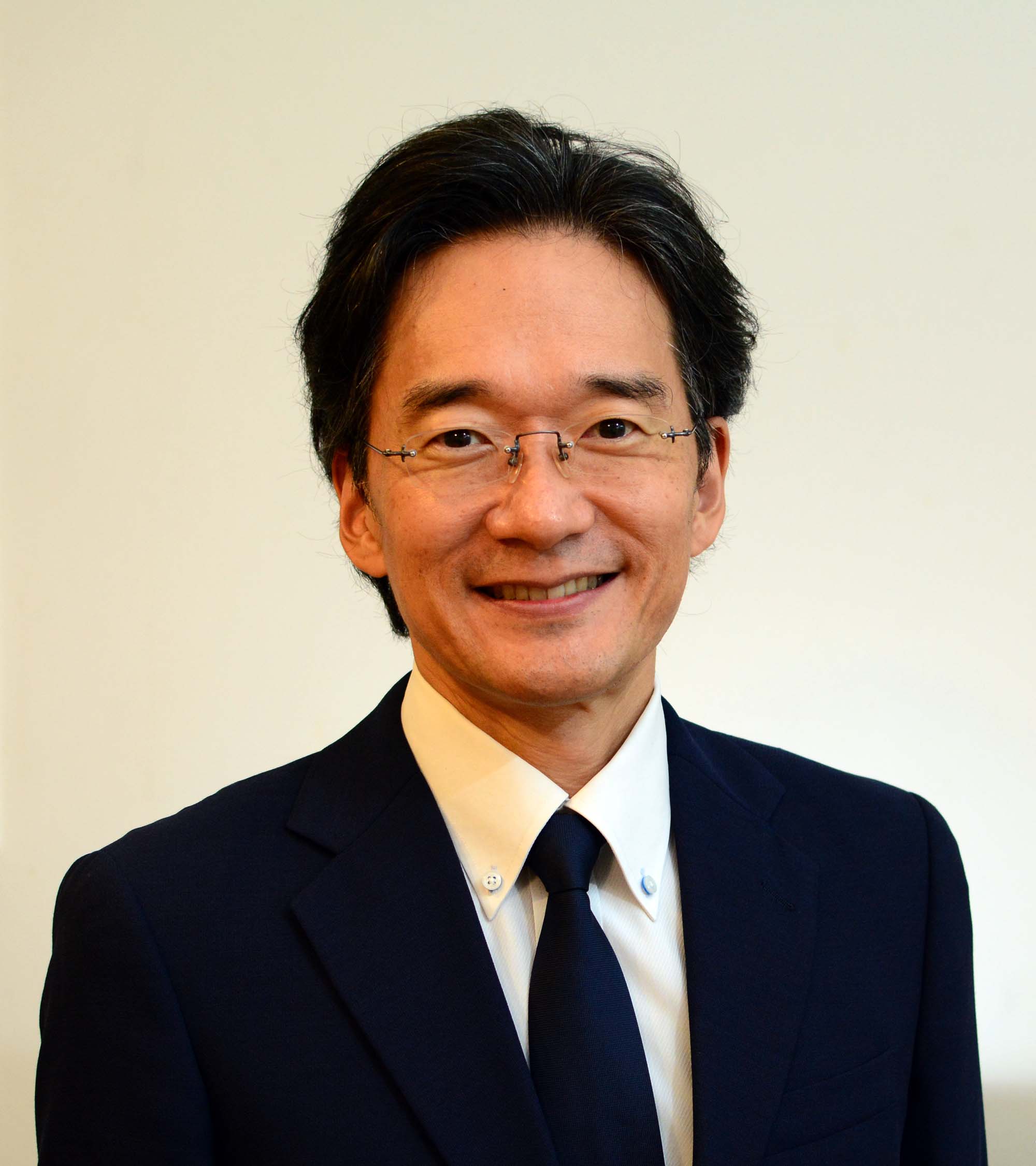 Prof. Taiga Yamaya (National Institutes for Quantum and Radiological Science and Technology (QST), Japan)
Prof. Taiga Yamaya (National Institutes for Quantum and Radiological Science and Technology (QST), Japan)
Taiga Yamaya, Ph. D, is a Group Leader of Imaging Physics Group at National Institutes for Quantum Science and Technology (QST, fomer NIRS) in Japan. His research interest is the development of next generation positron emission tomography (PET) systems. PET is a promising method to promote molecular imaging research as well as cancer diagnosis. However there are still large demands for higher resolution, higher sensitivity and lower cost. Therefore his research interests are studies on detectors, systems, image reconstruction algorithms and data corrections to improve image quality and quantity in nuclear medicine. In particular, based on the core technology of depth-of-interaction (DOI) measurement, new equipment concepts of the OpenPET for joint PET - therapy imaging, the helmet-type PET for high performance brain imaging and the Compton-PET for the realization of whole gamma imaging (WGI) and quantum PET (Q-PET) are under development.
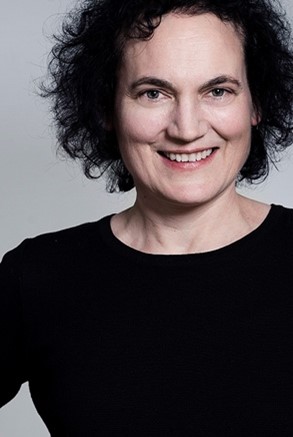 Prof. Sibylle Ziegler (Ludwig-Maximilian University of Munich (LMU), Germany)
Prof. Sibylle Ziegler (Ludwig-Maximilian University of Munich (LMU), Germany)
Sibylle Ziegler studied physics at the Johannes Gutenberg University in Mainz. For her doctorate, she went to the German Cancer Research Center in Heidelberg in 1986 to conduct research on one of the first positron emission tomographs (PET) in Germany. After stays in London and Vancouver, she moved to nuclear medicine at TU Munich in 1993. Since 2016, she has led preclinical research in nuclear medicine at the University Hospital of Munich. Her research focuses on novel detectors and systems for high-resolution small animal PET, especially PET/MR, and quantitative analysis in molecular imaging using biokinetic models and machine learning. She was president of the German Society for Medical Physics (DGMP) from 2007 to 2008. In the German Research Foundation (DFG), she was a member of the review board "FK 205-32 Biomedical Engineering and Medical Physics" and spokesperson of the section "Medical Engineering" for 8 years. Sibylle Ziegler has been a member of the National Academy of Science and Engineering ACATECH since 2016.
list of keynote speakers at 3rd Jagiellonian Symposium on Fundamental and Applied Subatomic Physics

